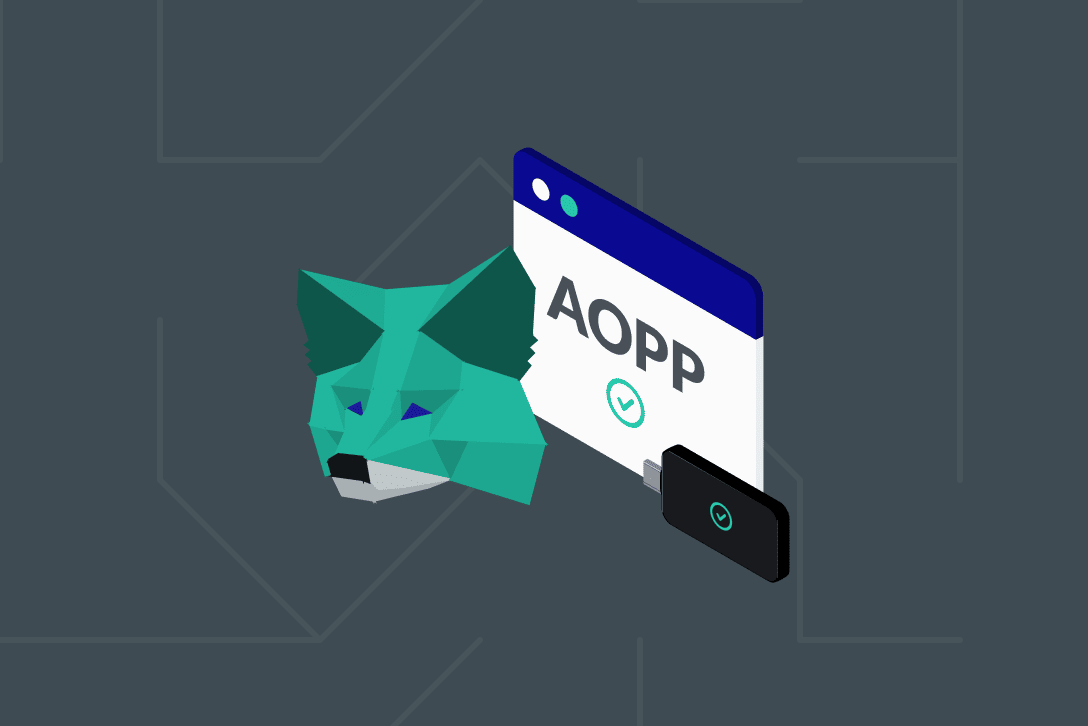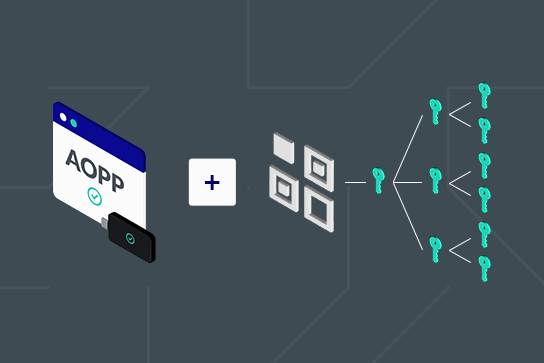
EU Parliament Signals New Restrictions for Non-Custodial Wallet Owners
The crypto world was rocked last month by the latest vote from the EU Parliament. It has recently been proposed that transfers to and from self-hosted wallets (unhosted wallets) over 1000 EUR will require extra anti-money laundering (AML) efforts. Some have heavily criticised this new legislation. But, these restrictions come as no surprise to those in the know, considering that Switzerland already implemented transfer restrictions to self-hosted wallets in August 2019.
Many crypto enthusiasts are still uncertain about what this new legislation means and how it will affect them. Let’s break it down.
How the EU’s New Transfer Funds Regulation (TFR) Affects Wallet Owners
The biggest change is that, if approved, additional information will be needed by crypto companies when making transfers of more than 1000 Euros involving non-custodial wallets. This means you will need to verify your wallet, in other words, prove to your virtual asset service provider (VASP) that your wallet belongs to you. There is more than one way to verify a wallet, but the safest one by far is through Address Ownership Proof Protocol (AOPP).
What is AOPP?
AOPP is an automated solution that is compliant with the Swiss Financial Market Supervisory Authority’s (FINMA’s) guidance and The Financial Service Standards Association’s (VQF’s) regulations. It proves wallet ownership through digital signatures and does not require address reuse. It also reduces attacks from crypto-malware because you do not need to copy and paste addresses. Lastly, but extremely important, AOPP will not share or exchange your information without your consent.
How AOPP Allows Your Company to Verify Your Customer's Wallets
A virtual asset service provider (VASP) is able to send data to a wallet once their customer inputs the address to where they want to withdraw their funds. AOPP allows the wallet to receive the message and requests that the wallet owner signs it. The text is then returned to the VASP, proving the customer of the VASP has control of that address. Once returned, the process is complete, and the transaction of funds can happen.
Complying with new legislation can be daunting, but supporting AOPP will make a compliance team's job easier, avoiding manual work for them and their clients. Check the comparison of ownership proof methods below:

Get in touch with us for a demo today!



